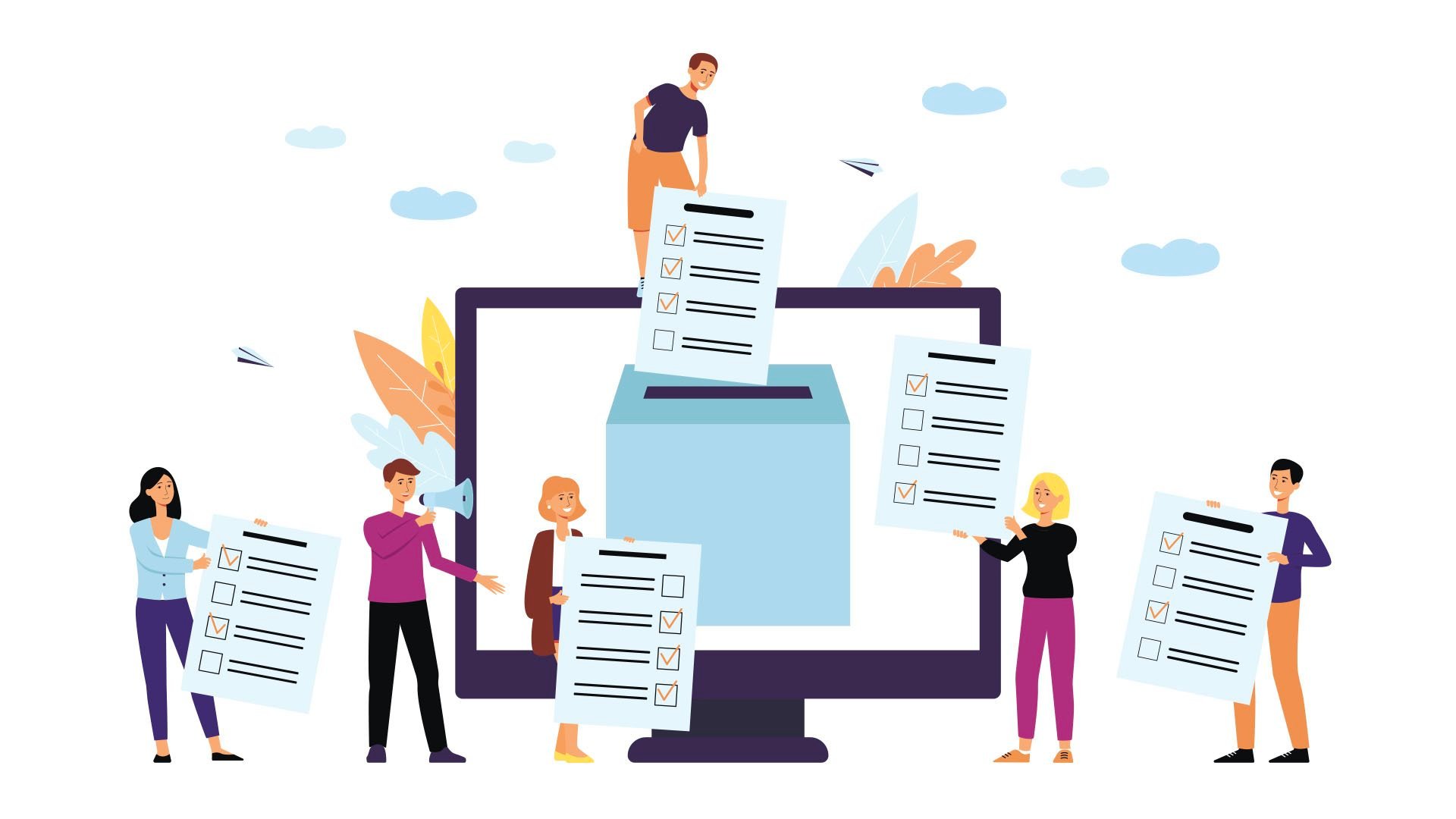
What should organizations do about their diversity, equity, inclusion and belonging efforts? That’s the question many are asking – some publicly, many more privately – as the government’s efforts to kill all DEI&B initiatives roil both private, public, academic and federal organizations everywhere. (As a side note, for the sake of this article we will use DEI&B but this also encompasses Inclusion and Diversity, or I&D as well as DEI&A, which includes Accessibility.)
The executive order ending all federal DEI&B efforts affects organizations differently, depending on whether they’re government funded, targeted by the current administration, or concerned about becoming a target. As a result, organizations are proceeding in different ways; We are hearing stories of survey teams being told to remove any reference to diversity or inclusion, HR teams being told they can no longer view data by demographic groups, and employee resource groups disbanded overnight. Often these mandates come down from top leadership with no explanation. Many in the organization may support DEI&B efforts, but funding and programmatic support are gone overnight.
[Read More: How to Create DEI&B Initiatives that Actually Have Impact]
Many organizations may feel like they have no choice but to end these important programs. It’s important to recognize that these are incredibly challenging times. The organizations that do important work for their communities shouldn’t risk losing the ability to fulfill their missions by taking a political stand. It may not feel great, but by pulling back on some of the wording typically used, an organization may be able to create impact in other areas. There may also be ways to continue the support and measurement, albeit with modifications. For example, you might be able to measure constructs in and around diversity and inclusion by measuring things like respect, feeling heard, or belonginess as these are all things that happen in an inclusive environment. Then, if you are able, cut those items by identity-based demographics to see if different folks feel more or less support. Support can continue, just simply not called DEI&B.
For those that are able, lean into DEI&B more than ever. Supporting the respect and inclusion of all people is the right thing to do, and even more important when so many others are silenced. If you belong to an organization that is still willing to measure and support DEI&B, do it as loudly as you can.
[Watch Now: Embedding DEI&B Measurement into Employee Survey Programs]
We hope the broader climate for DEI&B changes soon, but we acknowledge it may not. We are in the midst of a civil rights movement. We at OV are committed to supporting the humanity of all people, and we applaud the efforts of the organizations still willing to commit to their DEI&B efforts. To those concerned about making sure diverse voices are still heard, we are offering to donate our time to help. If you’d like to take advantage of this offer, please contact me directly.
Author

Dr. Victoria Hendrickson is a partner and vice president in the consulting department at OrgVitality. She works to strategically design and administer employee surveys, customer surveys and linkage research. Across these tools, she works to gather data that helps leaders address their organization’s unique strategic challenges and to present findings as an insightful story that guides meaningful change. Victoria comes to OrgVitality with a background in organizational development and leadership development. She conducts applied research on topics of survey comments and organizational ambidexterity and regularly presents at national and international conferences. Victoria received her undergraduate degree in Social Psychology from Saint Mary’s College of California, and her Ph.D. in Organizational Psychology at Alliant International University.







